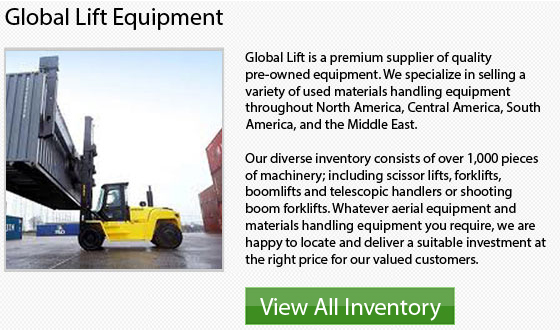
The lift truck truck is an extremely big and strong machine able to work smoothly and efficiently, lifting and transporting things in material handling orientated jobs. Many components should be replaced on regular basis due to breakages and damages.
The lift truck is a very versatile machine, with a wide assortment of accessories able to be fitted onto the machinery. These accessories could increase the lift truck's capabilities and expand the jobs they are often able to complete. Some of the major different forklift parts and accessories are described below.
Fork Extensions
The fork extensions are the forks on the lift truck. These forks could can be changed completely, or different parts could be added to them so the truck could raise various kinds of cargo including baskets, rollers, telescopic loads, amongst others.
Forklift Bearings and Seals
The seals and bearings are particular forklift components which allow the inner workings of the equipment to function in an optimum and efficient way. Bearings allow two moving components of the machine to smoothly work together, without any friction. If not fitted correctly, seals and bearings could occasionally break and wear down and these parts might have to be replaced periodically. If a bearing is the correct type of bearing utilized for the machine and it is properly fitted, this forklift part could easily outlive the life expectancy of the whole equipment.
Cabs
The forklift's cab is the part of the machine where the operator sits and performs maneuvers. The cab can be open or it may have a roof, based on the particular unit. On a work place, this forklift component usually has a roof to reduce the risk of falling materials and comply with safety reasons.
Brake Forklift Components
The brakes located on a lift truck truck are required to be frequently checked in order to make sure that they are in safe working condition. Often, these components should be replaced due to damage or extended wear.
Wheels and Tires
The wheels and the tires are the lift truck parts which are most normally damaged. Problems occur because of punctures from sharp objects on the floor and slashes from rough and uneven floor boards.